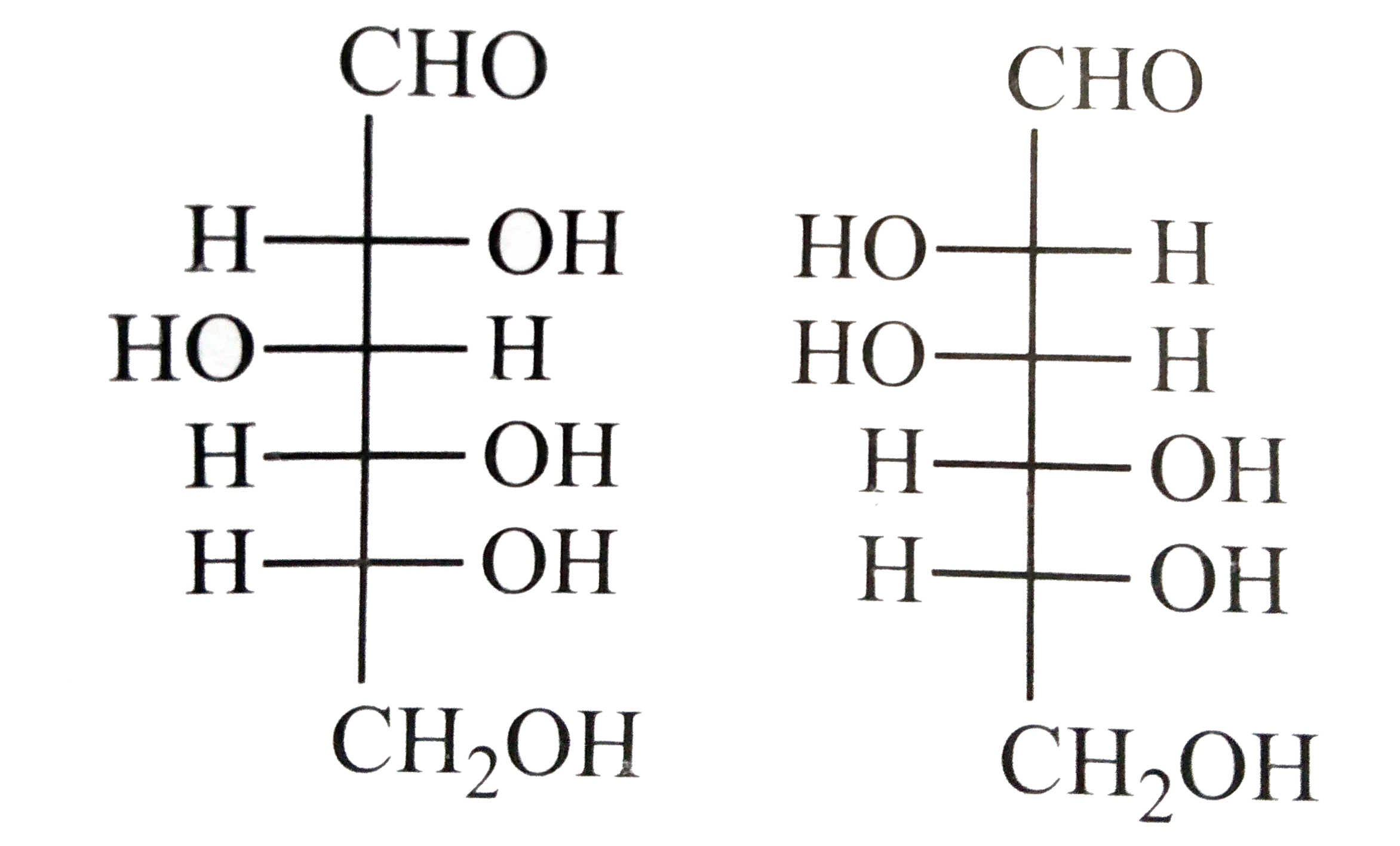Which of the following pairs represents resonating structures ?
and
and
and
and
To determine which of the given pairs represents resonating structures, we need to understand the concept of resonance in organic chemistry. Resonating structures are different ways of drawing the same molecule that show the delocalization of electrons, without changing the position of the atoms.
1. Understanding Resonating Structures:
- Resonating structures are representations of a molecule that differ only in the distribution of electrons. The actual structure is a hybrid of these representations.
- No atoms change their positions; only the electrons are rearranged.
2. Analyzing Option A:
- The first pair is CH2=CHO-CH3 and CH2=COH-CH3.
- In this case, there is a transfer of hydrogen from carbon to oxygen, which indicates that atoms are moving. This is not resonance but rather tautomerism. Therefore, Option A is not a pair of resonating structures.
3. Analyzing Option B:
- The second pair is CH3CN and CH3NC.
- Here, the connectivity of atoms changes (C is attached to N in one structure and N is attached to C in another). This indicates a change in functional groups (from cyanide to isocyanide), not just electron distribution. Thus, Option B is not a pair of resonating structures.
4. Analyzing Option C:
- The third pair is CH3C^+=O and CH3C=O^+.
- In this case, the positive charge is shifting between carbon and oxygen, while the atoms remain in the same positions. This indicates a transfer of electron density without any atom movement. Therefore, Option C represents resonating structures.
5. Analyzing Option D:
- The last pair is H2C=CH-OH and CH2^-CH=OH^+.
- Here, there is a shift of electron density from oxygen to carbon, resulting in a charge shift while maintaining the positions of the atoms. This indicates resonance. Hence, Option D also represents resonating structures.
Conclusion:
- The correct answers are Options C and D, as they represent pairs of resonating structures. Options A and B do not qualify as they involve atom movement or changes in functional groups.
- Resonating structures are representations of a molecule that differ only in the distribution of electrons. The actual structure is a hybrid of these representations.
- No atoms change their positions; only the electrons are rearranged.
- The first pair is CH2=CHO-CH3 and CH2=COH-CH3.
- In this case, there is a transfer of hydrogen from carbon to oxygen, which indicates that atoms are moving. This is not resonance but rather tautomerism. Therefore, Option A is not a pair of resonating structures.
- The second pair is CH3CN and CH3NC.
- Here, the connectivity of atoms changes (C is attached to N in one structure and N is attached to C in another). This indicates a change in functional groups (from cyanide to isocyanide), not just electron distribution. Thus, Option B is not a pair of resonating structures.
- The third pair is CH3C^+=O and CH3C=O^+.
- In this case, the positive charge is shifting between carbon and oxygen, while the atoms remain in the same positions. This indicates a transfer of electron density without any atom movement. Therefore, Option C represents resonating structures.
- The last pair is H2C=CH-OH and CH2^-CH=OH^+.
- Here, there is a shift of electron density from oxygen to carbon, resulting in a charge shift while maintaining the positions of the atoms. This indicates resonance. Hence, Option D also represents resonating structures.
- The correct answers are Options C and D, as they represent pairs of resonating structures. Options A and B do not qualify as they involve atom movement or changes in functional groups.
Topper's Solved these Questions
- INTRODUCTION TO ORGANIC CHEMISTRY BOOK - VMC MODULES ENGLISHCHAPTER - INTRODUCTION TO ORGANIC CHEMISTRY EXERCISE - LEVEL 2
49 Videos
- INTRODUCTION TO ORGANIC CHEMISTRY BOOK - VMC MODULES ENGLISHCHAPTER - INTRODUCTION TO ORGANIC CHEMISTRY EXERCISE - LEVEL 2 (Numerical value type )
15 Videos
- INTRODUCTION TO ORGANIC CHEMISTRY BOOK - VMC MODULES ENGLISHCHAPTER - INTRODUCTION TO ORGANIC CHEMISTRY EXERCISE - JEE ADVANCED ARCHIVE
81 Videos
- ICONIC EQUILIBRIUMBOOK - VMC MODULES ENGLISHCHAPTER - ICONIC EQUILIBRIUMEXERCISE - IMPECCABLE
50 Videos
- IONIC EQUILIBRIUMBOOK - VMC MODULES ENGLISHCHAPTER - IONIC EQUILIBRIUMEXERCISE - IN - CHAPTER EXERCISE - K
10 Videos
Similar Questions
Knowledge Check
Which of the following represents resonating structure of
 A
A B
B C
C DAll of these
DAll of theseWhich of the following does not represent resonating structure of ?
 A
A B
B C
C D
D
Which of the following pairs represents anomers ?
A B
B C
C D
D
Which of the following pairs represents linkage isomers?
View SolutionAmong the given sets, how many of the following not represents the resonating structure :

View SolutionWhich of the following is not a resonating structure for the phenoxide ion ?

View SolutionWhich of the following pairs does not represent resonance structures?
View SolutionWhich of the following is not resonating structure of each other?
View Solution
